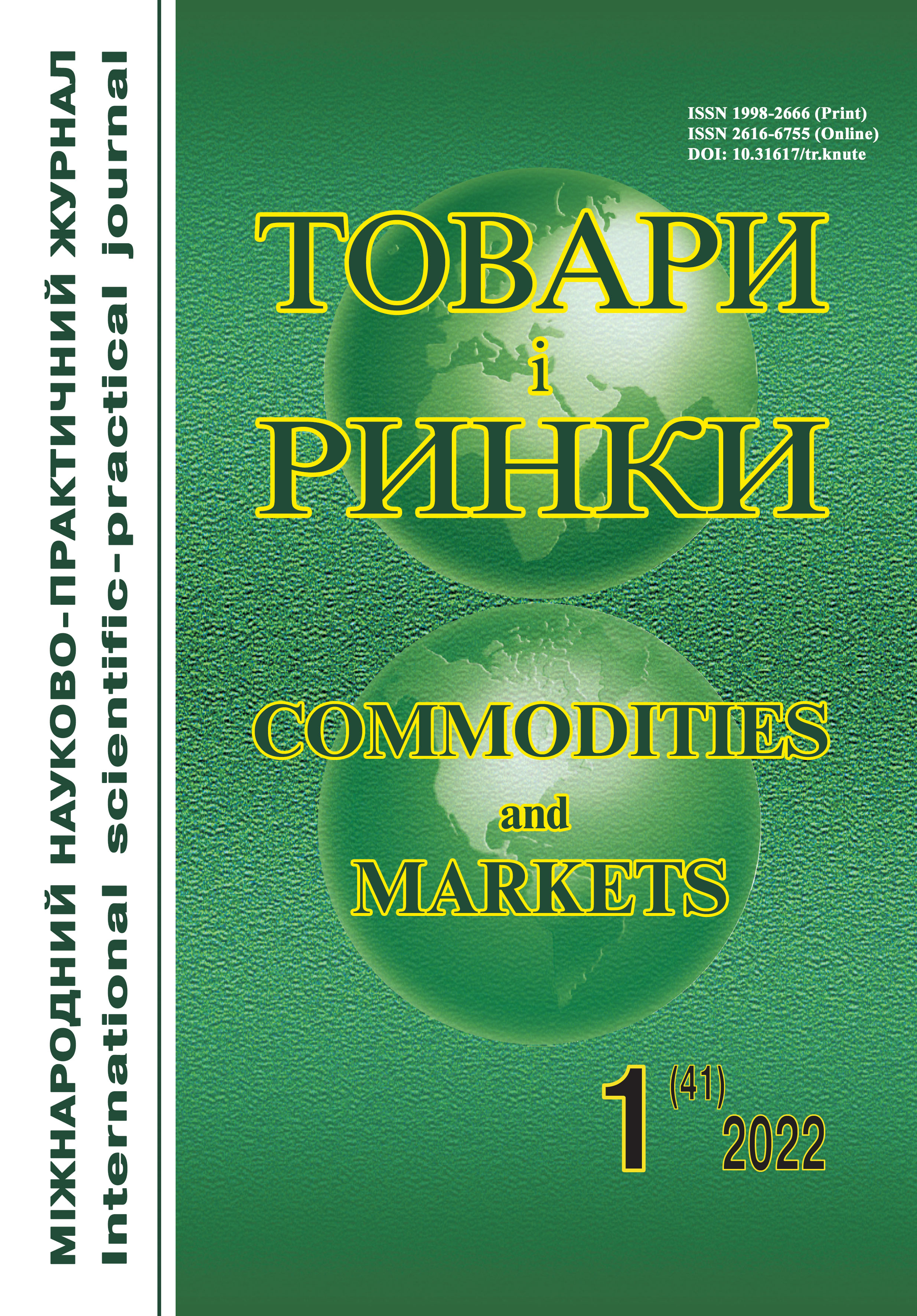Properties of ash microspheres as fillers in mixtures for masonry
DOI:
https://doi.org/10.31617/2.2022(41)07Keywords:
fly ash microspheres, properties, composition, thermal power plant, fraction, phase, mineralogical composition, surface energy compositionAbstract
Introduction. Due to the active development of the construction industry, there is a need for building materials with certain thermal insulation properties, which require the use of modern binders with the necessary set of specified properties.
Problem. Solving the problem of using domestic fly ash microspheres as fillers in building materials is of considerable scientific and practical interest.
The aim of the article is to evaluate the properties of fly ash microspheres as a commodity used for filling building materials.
Methods.Therehave been studiedfly ash microspheres of Kurakhivska, Prydniprovska, Kryvyi Rih, Burshtynskaand TrypillskaTPPs. Determination of the composition of fly ash microspheres was performed by IR-spectroscopic analysis, crystal structure–X-ray phase, particle size distribution - sieve method.
Results. The position of the maxima of the bands responsible for the deformation oscillations of the Si-O bonds of the fly ash microspheres is in the range of 444.1–463.2 cm-1. These materials have intensity values in the range of 0.76–1.58. Regarding the energy homogeneity of Si-O bonds, the fly ash microspheres are located as they decrease: Trypilska TPP> Kurakhivska TPP> Kryvyi Rih TPP. The fly ash microspheres of Burshtynska and Prydniprovska TPPs have a relatively higher content of adsorbed water than the rest.
In the composition of the studied fly ash microspheres, the crystal phase is predominant, with the exception of Kurakhivska TPP.
The analysis of the particle size distribution of the studied samples of fly ash microspheres showed that the fraction of 60–200 μm has the highest content. The largest fraction of 400–630 μm is absent in all samples.
Conclusions. It is established that the predominant components of the chemical composition of the studied fly ash microspheres are oxides of silicon and aluminum for Trypilska TPP, and for Prydniprovska – only aluminum oxides.
Studies of the properties of fly ash microspheres by IR-spectroscopy have shown that the microspheres of Burshtynska and Prydniprovska TPPs have a relatively higher water content, which when used as a filler for building materials reduces the density of the latter.
The study of the particle size distribution of fly ash microspheres proved their fineness, which allows their use as a filler in building materials without additional grinding and significantly reduces the financial costs of their production.
References
Demchenko, V. O. (2016). Formuvannja spozhyvchyh vlastyvostej vitchyznjanyh zol’nyh mikrosfer [Formation of consumer properties of domestic ash microspheres]. Visnyk L’vivs’kogo torgovel’no-ekonomichnogo universytetu. Serija: Tehnichni nauky – Herald of Lviv University of Trade and Economics. Series: Technical Sciences, 17, 38-41 [in Ukrainian].
Sviders’kyj, V., & Demchenko, V. (2017). Himichnyj sklad i dyspersnist’ zol’nyh mikrosfer [Chemical composition and dispersion of ash microspheres]. Mizhnarodnyj naukovo-praktychnyj zhurnal "Tovary i rynky" – International Scientific and Practical Journal "Commodities and Markets", 1(21), 69-79 [in Ukrainian].
Kashkovs’kyj, V. I., Jevdokymenko, V. O., Kamens’kyh, D. S., Tkachenko, T. V., & Vahrin, V. V. (2017). Zol’ni ta zoloshlakovi vidhody jak bagatofunkcional’na syrovyna [Ash and ash waste as a multifunctional raw material]. Nauka ta innovacii’ – Science and innovations, 13(4), 53-63. https://scinn.org.ua/sites/default/files/pdf/2017/N4/KASHKOVSKY_4_2017_ukr-6.pdf [in Ukrainian].
Sim’jachko, O. (2018). Aljumosylikatni zol’ni mikrosfery jak perspektyvnyj napovnjuvach budivel’nyh materialiv i vyrobiv [Aluminosilicate ash microspheres as a promising filler of building materials and products]. Stalyj rozvytok – stan ta perspektyvy – Sustainable development – state and prospects: Proceedings of the International Scientific Symposium SDEV’2018. (pp. 203-204). L’viv – Slavs’ke. http://ena.lp.edu.ua:8080/bitstream/ntb/43287/2/2018_Simiachko_O-Aliumosylikatni_zolni_203-204.pdf [in Ukrainian].
Demchenko, V. O., Sim’jachko, O. I., & Sviders’kyj, V. A. (2017). Doslidzhennja mineralogichnogo skladu, struktury i vlastyvosti poverhni zol’nyh mikrosfer Ukrai’ny [Research of mineralogical composition, structure and surface properties of ash microspheres of Ukraine]. Tehnologichnyj audyt ta rezervy vyrobnyctva – Technological audit and production reserves. Vol. 6, 1(38), 28-34 [in Ukrainian].
Tokarchuk, V. V. (2014). Vplyv skladu mineral’nyh dobavok na vlastyvosti cementiv [Influence of mineral additives composition on cement properties]. Tehnologichnyj audyt ta rezervy vyrobnyctva – Technological audit and production reserves, 3(5), 19-22. http://nbuv.gov.ua/UJRN/Tatrv_2014_3 [in Ukrainian].
Harry, E. Martz. (2016). X-Ray Imaging: Fundamentals, Industrial Techniques and Applications. Shull – CRC Press [in English].
Haustein, E. (2020). The effect of fly ash microspheres on the pore structure of concrete. Minerals, 10, 53-70. https://doi.org/10.3390/min10010058 [in English].
Xueming, Wang. (2020). Effects of fly ash microspheres on sulfate erosion resistance and chlorion penetration resistance in concrete. Journal of Thermal Analysis and Calorimetry, 139, 3395-3403. https://doi.org/10.1007/s10973-019-08705-8 [in English].
Sviders’kyj, V. A., Chernjak, L. P., Sal’nyk, V. M., Sikors’kyj, O. O., & Dorogan’, N. O. (2017). Instrumental’ni metody himichnogo analizu sylikatnyh system [Instrumental methods of chemical analysis of silicate systems]. Kyi’v: KPI im. Igorja Sikors’kogo, Vyd-vo "Politehnika" [in Ukrainian].
Mudryj, S. I., Kulyk, Ju. O., & Jakymovych, A. S. (2017). Rentgenostrukturnyj analiz u materialoznavstvi [X-ray structural analysis in materials science]. L’viv: LNU im. I. Franka [in Ukrainian].
Sytovyj analiz. Ch. 1. Metody z vykorystannjam kontrol’nyh syt z drotjanoi’ tkanyny i perforovanyh metalevyh lystiv [Sieve analysis. Part 1. Methods using control sieves made of wire cloth and perforated metal sheets]. (2004). DSTU ISO 2591-1:2004. Kyi’v: Derzhspozhyvstandart Ukrai’ny [in Ukrainian].
Orlovs’kyj, V. M. (2016). Novi tamponazhni kompozycii’ znyzhenoi’ gustyny [New grout compositions of low density]. Zbirnyk naukovyh prac’ UkrDGRI – Collection of scientific works of UkrSGRI, 4 [in Ukrainian].



